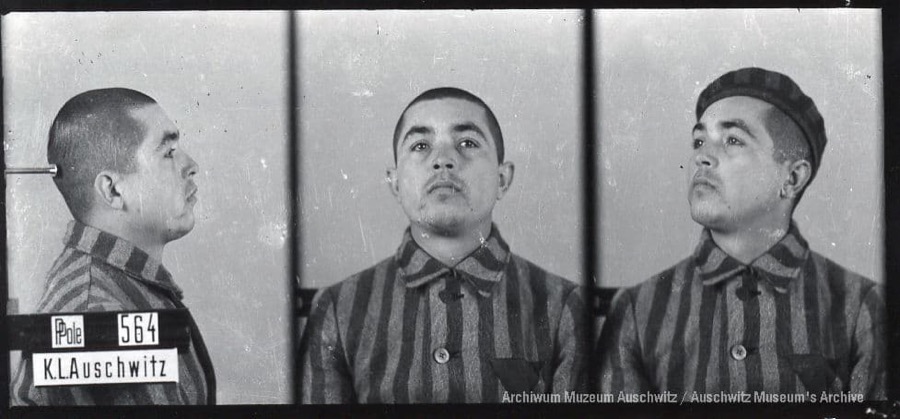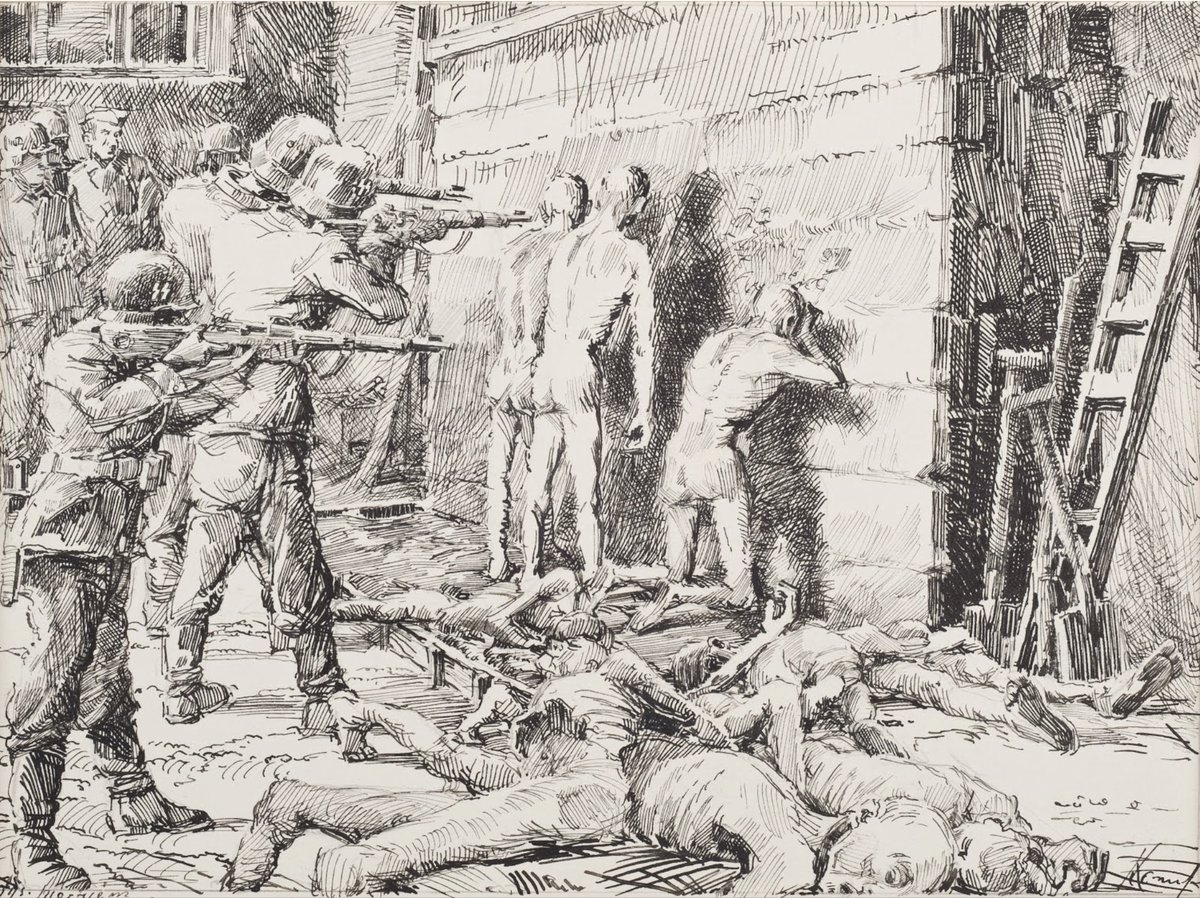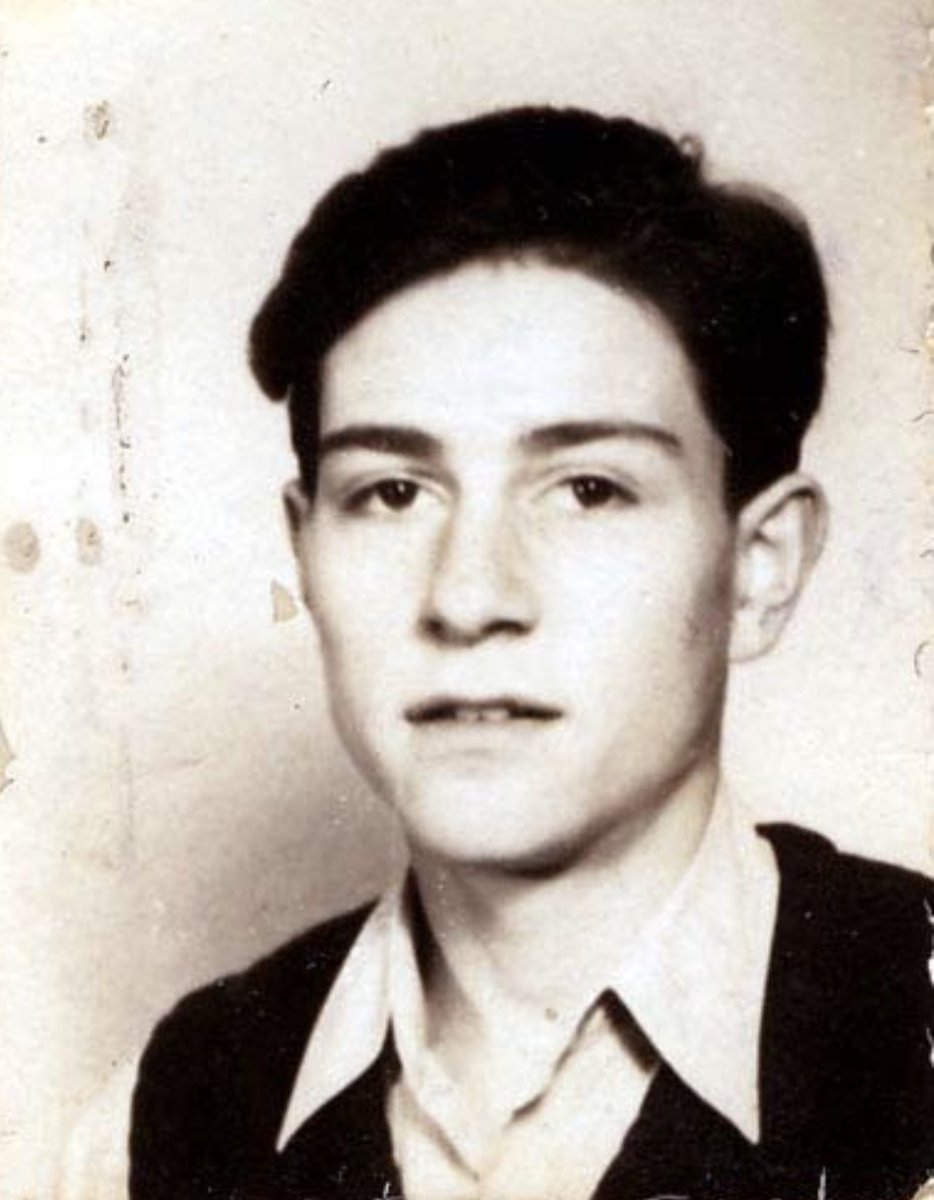
23 February 1943 | SS guards transferred 39 prisoners (13 to 17 years old) from Auschwitz II-Birkenau to #Auschwitz I and placed them in Block 20, one of the infirmary buildings. In the evening of this day, they were all killed with phenol injections. 1/4 



The injections were administered by SS-Unterscharführer Herbert Scherpe, the Second Medical Officer. Some of the boys arrived with their parents on December 13 and 16, 1942 and February 5, 1943, in transports of Poles expelled by Germans from the Zamość Region. 2/4 

After the end of the war Herber Scherpe initially stayed in a POW camp, then lived in Mannheim. In 1961 he was arrested by the West German authorities. During the second Auschwitz trial, he was sentenced by the court in Frankfurt am Main to four and a half years in prison. 3/4 

Here is one of 39 boys murdered with a phenol heart injection by Herbert Scherpe on 23 February 1943. He was registered as a Russian political prisoner in December 1942. His identity is unknown. 

• • •
Missing some Tweet in this thread? You can try to
force a refresh















